The new MacBook Pro line is slowly knocking on the door. According to various leaks and speculations, Apple is slowly preparing to introduce the next generation of last year's redesigned MacBook Pro, which is available in 14″ and 16″ screen versions. This model improved tremendously last year. It saw the transition to professional Apple Silicon chips, a brand new design, the return of some connectors, a better camera and a number of other changes. So it's no wonder that Apple has been a huge success with this device.
It could be interest you

The successor of this professional apple laptop is to be shown to the world for the first time in the last quarter of this year in the same design. So we shouldn't expect design changes from him. What we can look forward to, on the other hand, is greater performance thanks to the expected arrival of the new Apple M2 Pro and Apple M2 Max chips from the Apple Silicon family. Even so, it can be tentatively said that no major changes await us (for now). On the contrary, it should be a bit more interesting next year. Why will 2023 be crucial for the MacBook Pro as such? This is exactly what we are going to shed light on together now.
A significant shift in Apple Silicon chips
For its computers, Apple relies on its own chips called Apple Silicon, which replaced earlier processors from Intel. The Cupertino giant hit the nail on the head with this. He literally managed to save the entire family of Mac products, which were given new life by the transition to their own chips. Specifically, the new products are more powerful and energy-saving, which is also associated with better battery life in the case of laptops. When the giant subsequently introduced professional chips – M1 Pro, M1 Max and M1 Ultra – it only confirmed to the public that it is really serious about this segment and can bring an optimal and sufficiently powerful solution even for the most demanding users.
Apple, of course, plans to continue this trend. That is why the biggest news of the expected 14″ and 16″ MacBook Pros will be the arrival of the second generation of Apple Silicon chips, respectively M2 Pro and M2 Max. Apple's partner, the Taiwanese giant TSMC, which is the world leader in the field of semiconductor production, will once again take care of their production. The M2 Pro and M2 Max chips are again based on the 5nm production process, but now with the use of newer technologies. In practice, this will be an improved 5nm production process, which is referred to in TSMC as "N5P".
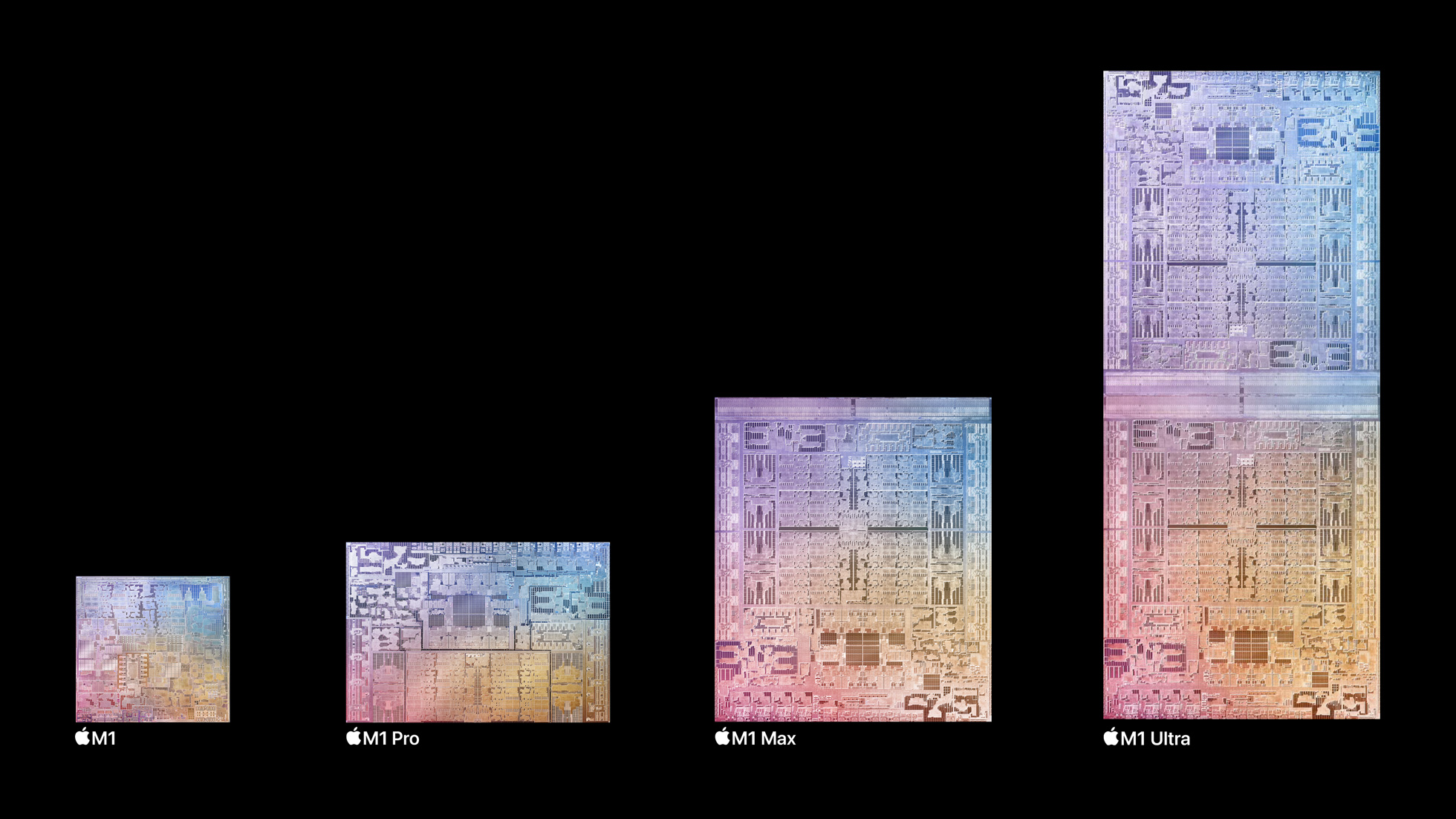
What change awaits us in 2023?
Although the mentioned new chips are supposed to bring again higher performance and better efficiency, it is still generally said that the real change will come next year. According to a number of information and leaks, in 2023 Apple is to switch to chipsets based on the 3nm production process. In general, the smaller the production process, the more powerful and economical the given chip is. The given number determines the distance between two adjacent transistors. And of course, the smaller the production process, the more transistors a given processor can have and thus also increase its overall performance. You can read more about it in the article attached below.
It could be interest you

It is the difference that the transition from the 5nm production process to 3nm is supposed to bring, which is supposed to be quite fundamental and overall to move the quality and performance of Apple chips several levels higher. After all, these performance jumps are also visible historically. Just look at the performance of Apple A-Series chips from Apple phones over the years, for example.
It could be interest you
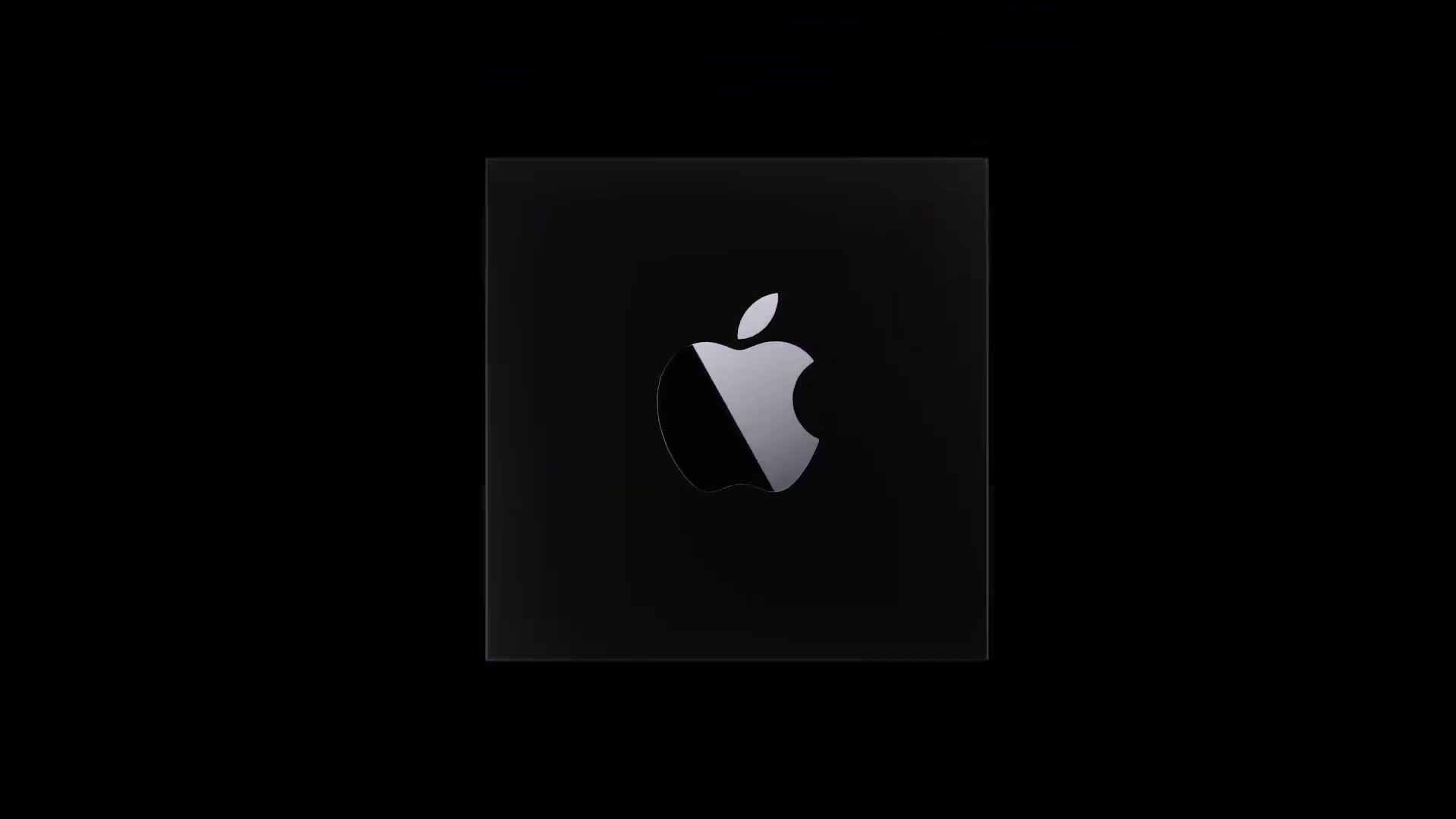


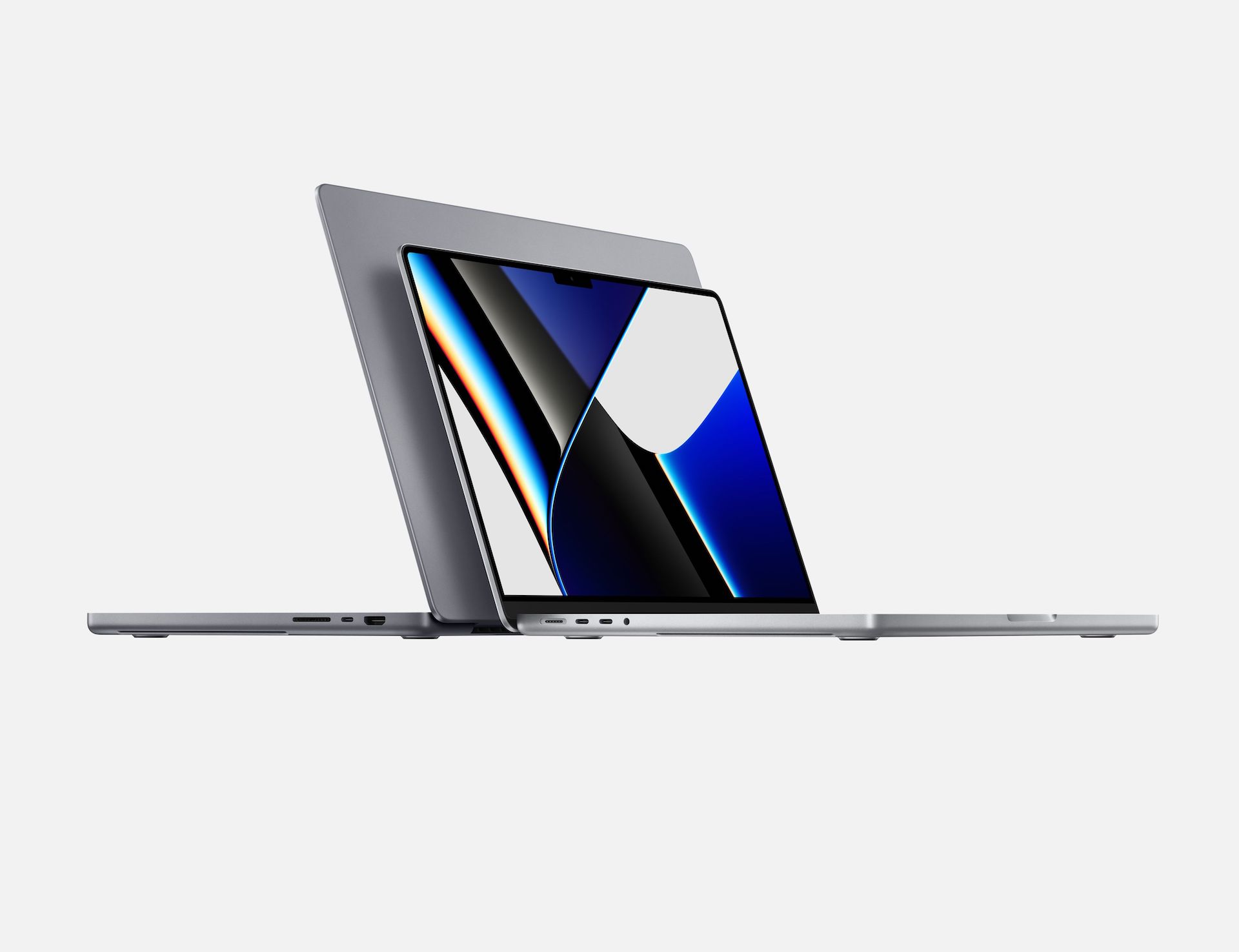
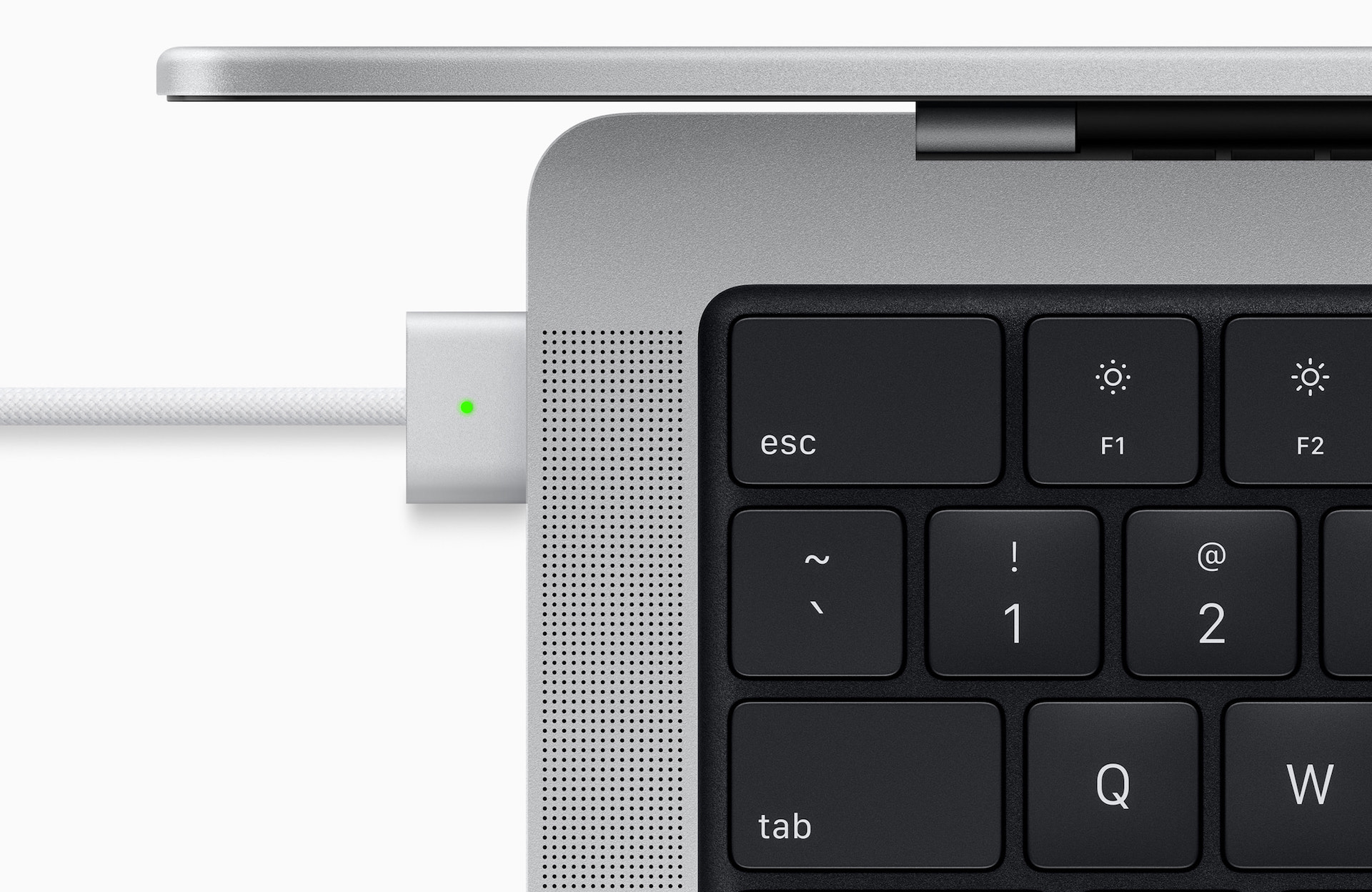

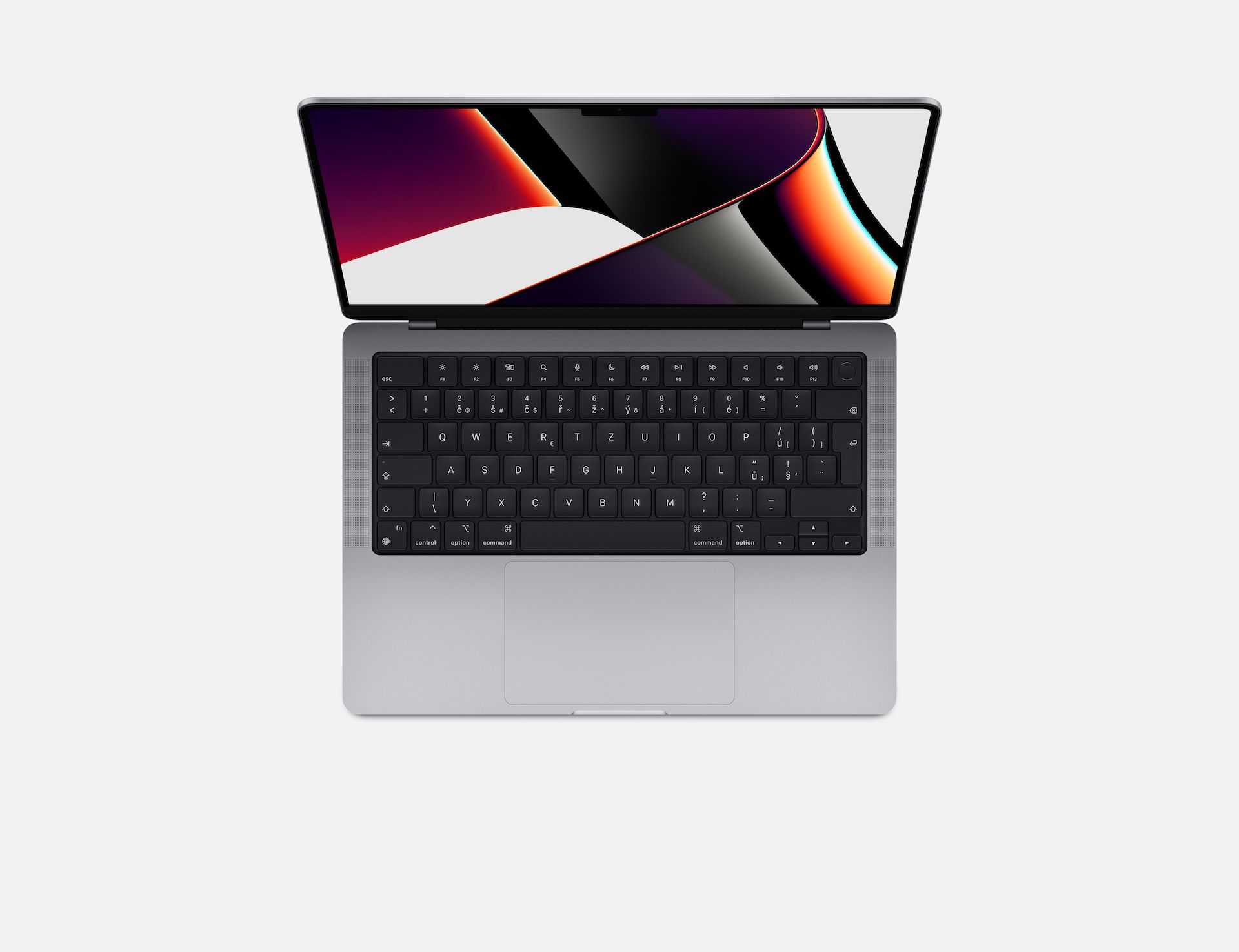



 Adam Kos
Adam Kos